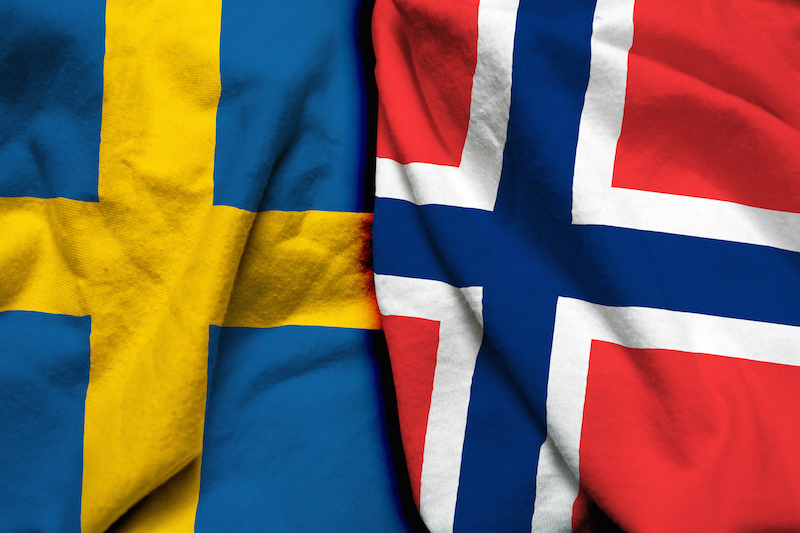The Volvo agreement – almost Volvoil

A desire for Norwegian-Swedish industrial collaboration drove the deal which the Labour government under Odvar Nordli and Volvo AB entered into. In addition, an inter-government accord covered points on Norwegian oil deliveries to Sweden and timber supplies in the other direction.[REMOVE]Fotnote: Helgeland Arbeiderblad, 9 December 1978.
While Volvo was seeking fresh capital to develop a new car model which later became its 700 series, Norway sought not only to develop its mainland industries but also to find outlets for its plastics and aluminium.[REMOVE]Fotnote: Romerikes Blad, 11 December 1978.
The deal included a provision on Volvo’s activities in Norway over the first five years, which were to create the basis for 3 000-5 000 jobs. Of these, 800-1 300 would be directly in Volvo, another 1 800-3 000 would come from deliveries to the company, and 400-700 would be related to research and development.

In 1978, Statoil’s board approved entering negotiations with the Swedes.[REMOVE]Fotnote: Board meeting, Statoil, 19 October 1978. CEO Arve Johnsen was commissioned by the government to advise Volvo’s management on formulating an application for the fourth licensing round on the Norwegian continental shelf (NCS). This was because an important part of the agreement encompassed the Volvo Petroleum AB subsidiary, which would secure licence interests on the NCS if the deal went ahead. Statoil’s direct negotiations resulted in collaboration agreement between it and Volvo Petroleum, which covered:
Exchanging knowledge in the areas of exploration for and production, transport and marketing of petroleum, as well as organisational, financial and legal issues related to this activity. The parties intend to utilise technical experience and knowledge, in part with the aim of further developing technical solutions in connection with the production of petroleum and developing systems for project management.[REMOVE]Fotnote: Johnsen, Arve, 1990, Gjennombrudd og vekst: Statoil-år 1978-1987.

Where Volvo was concerned, CEO Pehr G Gyllenhammar was naturally in favour of the plan. But it turned out that not all the shareholders were equally enthusiastic. Protests were voiced on the Swedish side against exporting jobs in return for uncertain resources in unproven fields on the NCS, while Norwegian opponents maintained that oil represented a real asset compared with Volvo shares, which could quickly fall in value.[REMOVE]Fotnote: Nye Troms, 30 May 1978.
Marcus Wallenberg, the powerful Swedish financier, took on the role of fronting opposition to the agreement on behalf of the “small savers” among Volvo’s shareholders. The main argument was that the board had to be viewed as almost irresponsible in proposing to sell 40 per cent of a large industrial company to the Norwegians for next to nothing.
It eventually became clear that the deal would fail to achieve the necessary two-thirds majority in Volvo and, on 26 January 1979, the company’s board cancelled the planned meeting where a vote was to be taken.

Before this stage was reached, doubts were also being expressed about how the non-socialist opposition in the Norwegian Storting (parliament) would view the agreement. But matters never got that far.
Johnsen summed up the outcome as follows: “Thus ended a collaboration which could have opened many interesting opportunities for Swedish and Norwegian industry both in the Nordic region and beyond.”[REMOVE]Fotnote: Johnsen, Arve, op.cit.
Volvo Petroleum nevertheless secured interests in two licences – PL059 east of Midgard with Saga Petroleum as operator, and PL071 west of Yme operated by Statoil – and four exploration wells. None of these yielded discoveries.
In other words, no successful “Volvoil” emerged, and Oseberg was found and developed without Swedish participation. It can be noted that 10 per cent of production from this field amounted at 31 December 2021 to almost 50 million standard cubic metres or 300 million barrels of oil.
arrow_backDiving research to make the impossible possibleDiscovering Troll – Flathead, Leif and Larsarrow_forward